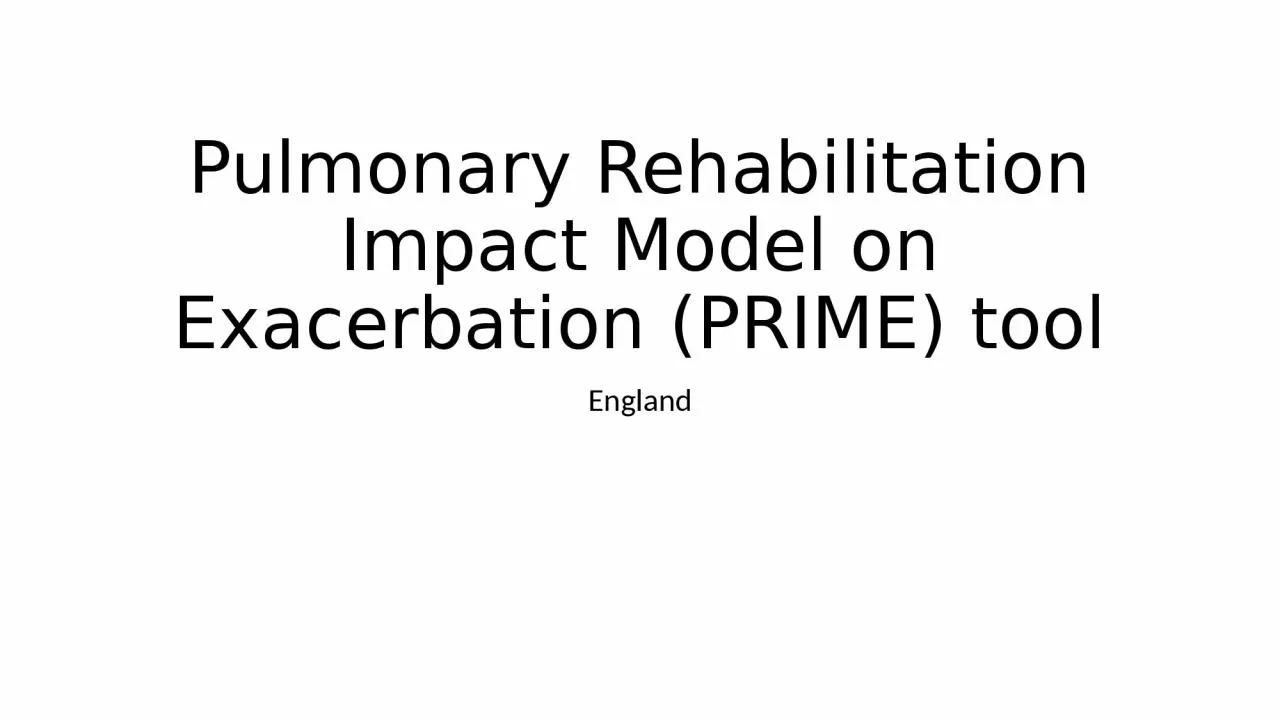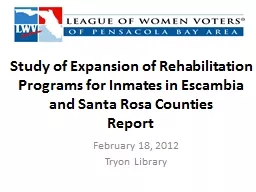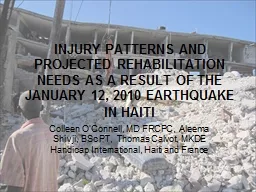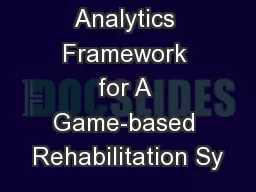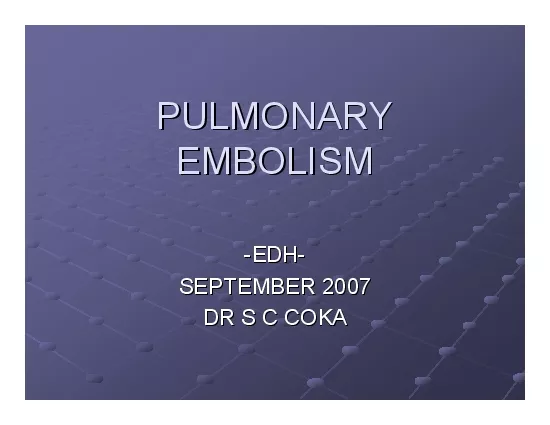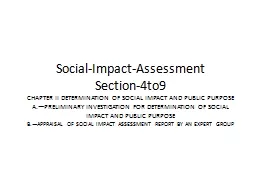PPT-Pulmonary Rehabilitation Impact
Author : HappyHippo | Published Date : 2022-08-02
Model on Exacerbation PRIME tool England Background The PRIME tool was commissioned by the CSP through the Physiotherapy Works programme The work was undertaken
Presentation Embed Code
Download Presentation
Download Presentation The PPT/PDF document "Pulmonary Rehabilitation Impact" is the property of its rightful owner. Permission is granted to download and print the materials on this website for personal, non-commercial use only, and to display it on your personal computer provided you do not modify the materials and that you retain all copyright notices contained in the materials. By downloading content from our website, you accept the terms of this agreement.
Pulmonary Rehabilitation Impact: Transcript
Download Rules Of Document
"Pulmonary Rehabilitation Impact"The content belongs to its owner. You may download and print it for personal use, without modification, and keep all copyright notices. By downloading, you agree to these terms.
Related Documents

